Times chess man cracks ‘missing woman’ riddle

A puzzle fit for Sherlock Holmes?
Hello Everyone!
You will surely love reading this amazing tale - whether true or not (as we have no way of verifying that yet). We found the full story here. It goes as follows:
Times chess correspondent Raymond Keene's story proceeds as follows:
"I was contacted at the end of last week by Detective Superintendent Roy Fletcher of the Lancashire constabulary with the most bizarre request I had ever encountered.
Superintendent Fletcher had arrested a man, a computer expert from Seaford, East Sussex, who was suspected not only of having defrauded his girlfriend of her substantial life savings amounting to £27,000, but also of having disposed of her body sometime in January this year at an unknown location in Southern Ireland. The suspect refused to indicate to the police where the body was concealed, although he did admit freely to having buried the woman.
The only clue he would give the constabulary as to the victim’s whereabouts was, as Superintendent Fletcher put it do me, a chess diagram and a sequence of chess moves. Superintendent Fletcher knew of me through my chess contributions to The Times and asked if I would help to crack the deadly code. I asked him to fax the chess diagram and the moves, which he promptly did.
I had expected the fax to consist of a chess diagram and moves similar to the daily winning move position which I publish in The Times. I had expected that a conventional chess diagram with recognisable chess moves would probably represent the co-ordinates of some point on a map and that the chess pieces in the diagram would stand for the players in this legal endgame.
What came through on the fax lines did not justify my initial optimism. It consisted of two pages, one with a crudely drawn map entitled “Area for Game” while the other page consisted mainly of a very obscure series of unconventional chess moves with the heading “Timescale for game”. Initially, these two sheets made about as much sense to me as if they had been written in Babylonian cuneiform. The “Area for game” sheet consisted of three amorphous blobs (one of which had even been crossed out) which could have represented anything, from a pond, a lake or a farm or an estate..."
Go on read it in full... Makes for an amazing read.
From Alexandra Kosteniuk's
Also see her personal blog at




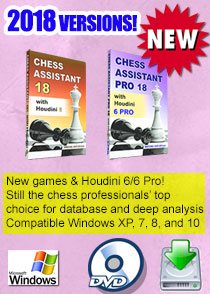























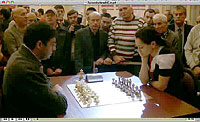
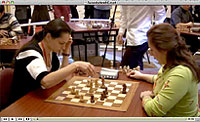
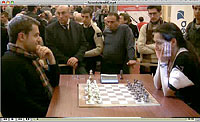

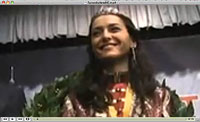

0 Comments:
Post a Comment
Note: Only a member of this blog may post a comment.
Subscribe to Post Comments [Atom]
<< Home